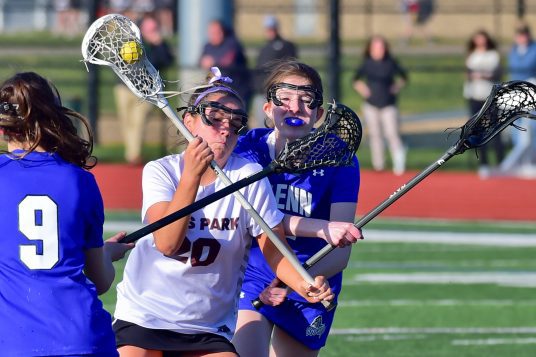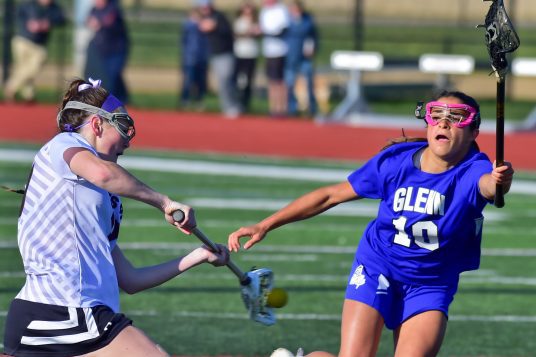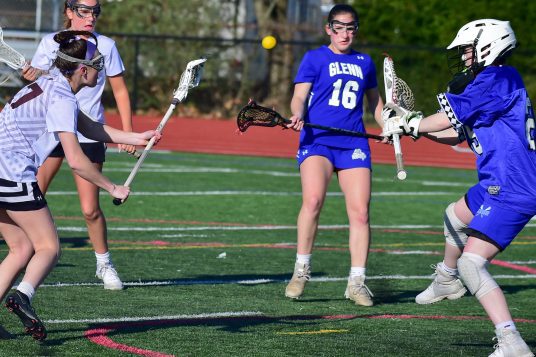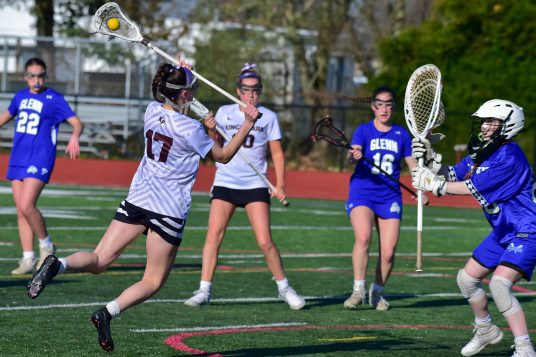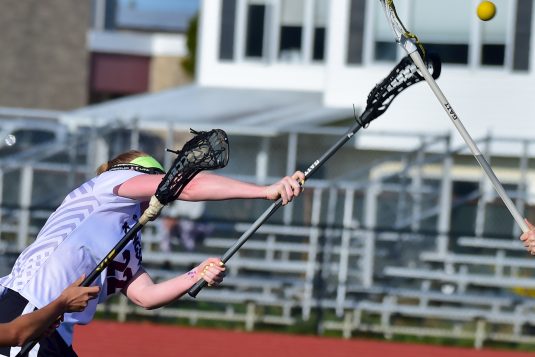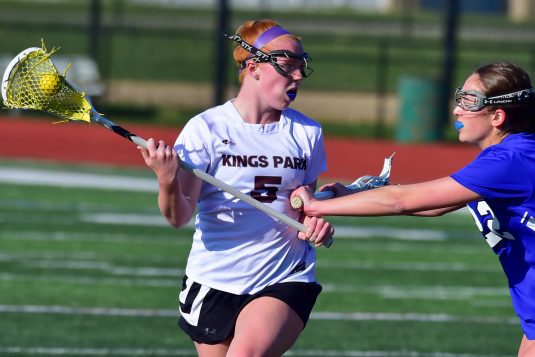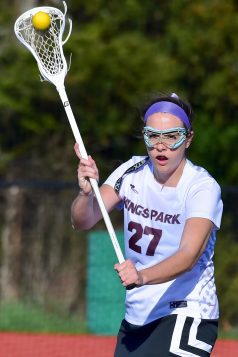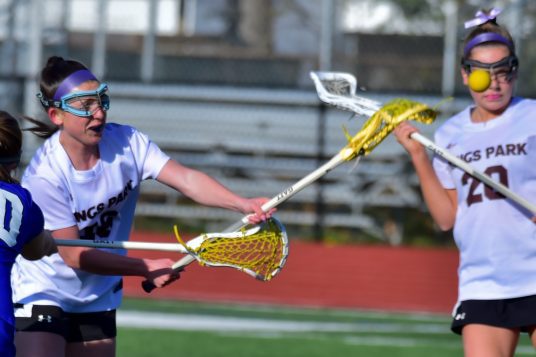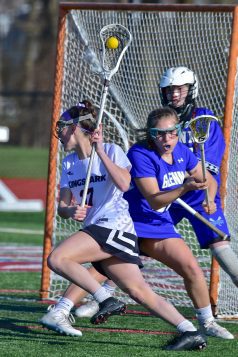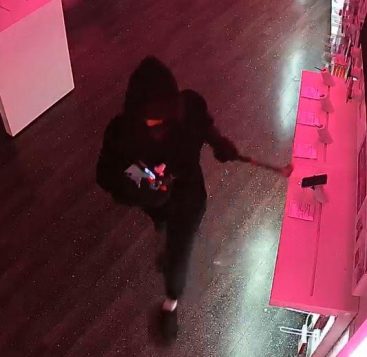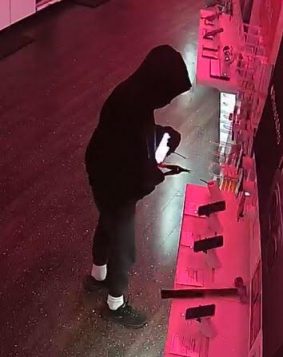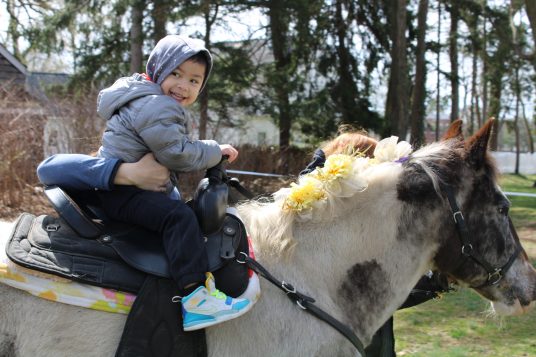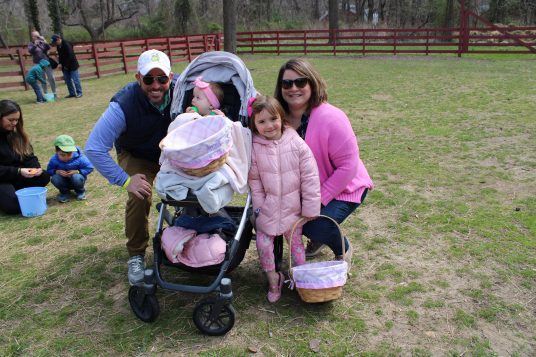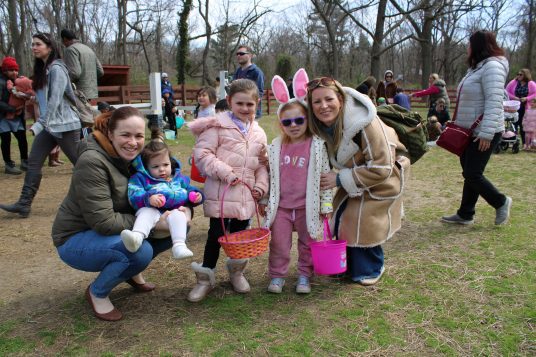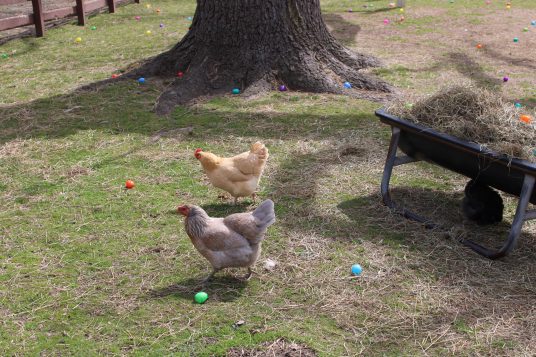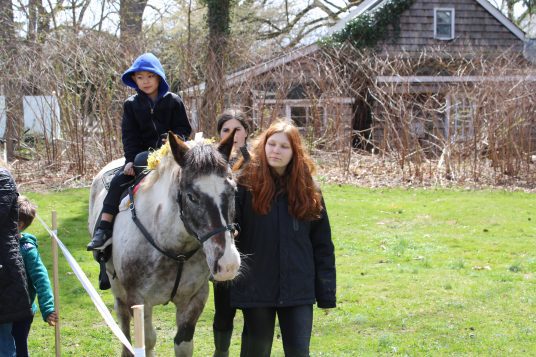By Tara Mae
Art is a form of communication beyond words. It transcends language barriers and is accessible to those who seek to experience it. Cynthia Pascal’s creations speak through muted patterns, rich hues, softness imbued with strength. Her work tells stories of women, sometimes at rest or in repose, but always vibrantly alive.
As a celebration of art and life, Pascal’s posthumous exhibit, Cynthia Pascal: A Retrospective, at the Art League of Long Island, honors the artist who passed away in 2022 at the age of 92. On view at the Jeanie Tengelsen Gallery from April 15 to 28, this showcase features 46 acrylic paintings and six clay sculptures from the late artist. It is an act of love; a tribute from a daughter to her mother in collaboration with the Art League.

“My son brought Cynthia to the Art League and showed her work to the curator, which resulted in booking the show — one last highlight of her life. After she passed, it was in my head to still do the exhibit. I also thought, that for my mom, there was no other way to honor her than to talk about her surrounded by her work,” said her daughter Jeanne Gambardella.
Pascal’s palette and art projects a subtle warmth, even innate safety, whether the female subjects stare assuredly and directly from the canvas, gaze at something only they see, or relax with eyes closed. The lines of the women may be soft but their presence is strong.
“I believe that this exhibit covers all styles, but Pascal particularly leans towards abstract impressionism: figures are flattened with colorful brushstrokes and bright colors. She celebrates the world that she knew: her art focuses on women, friendships, relationships, their roles in society. It is full of life and energy,” said Susan Peragallo, coordinator and curator of the Jeanie Tengelsen Gallery.
A prodigious painter up until the very last months of her life, Pascal, who was a resident of Plainview, pursued both a personal and practical interest in interpersonal dynamics and emotions. She studied painting at Old Westbury College as well as the New School for Social Research in New York City, but was a licensed psychotherapist by profession and maintained a practice out of her home for more than 4 decades.
“I think she innately had a very emotional IQ and got the degree so she could use it. She was really socially, emotionally smart…[and] provided a safe place for everyone who talked to her,” Gambardella said.
This sense of security is evident in the self-assuredness of her subjects and the apparent ease with which they occupy space. That innate serenity can transcend to the audience and perhaps emanated from Pascal herself. She never lost her appreciation of beauty nor ability to create art, even as dementia dominated other aspects of her life during her last years.

“We would talk about [her art]. Cynthia could still talk about the work and the process. We had that language until the end. My mother was painting at the highest level,” Gambardella said. “I thought her work would show deterioration, but her painting was still there. It was the one thing that she still had, in addition to her family. She could access painting, and it was a means by which to express herself.”
As her characters commune in the paintings, Pascal was able to communicate through and about art, although words might otherwise fail her. Her art, which includes pastels in addition to different paints and clay sculptures, is an ongoing dialogue that allows connections to continue to develop.
“I was not familiar with her work before she approached us, and I was really thrilled to become acquainted with it. Her work is exciting, it is vivacious. She was around for a long time and I am delighted to have her work up on our walls,” Peragallo said.
Gambardella estimates that Pascal had about 10 shows in her life but was in a constant state of creation. She painted 20 pieces between 2018 and 2022, and most of the 46 works included in Retrospective were made in the past 10 years.
“I really truly feel joy when I look at her work. It is interesting — over the years, her work reflected her growth as an artist and where she was in life. When she was going through a divorce, I can see it reflected. I derive more pleasure in the joy, color, and strength of the women my mother depicted,” Gambardella said, adding that organizing the exhibit and arranging the remembrance were cathartic exercises as she grieved and adjusted to her new normal, having been her mother’s primary caregiver.
“Organizing this has absolutely been a labor of love for the last 5 months and beneficial to me in handling her passing, working on something to show who she was, her life’s work,” Gambardella said. “I kind of immersed myself in this project. It was a lot going through her decline and death with her, so this was healing. I am her supreme fan; my house has always been filled with her work.”

Now others will be able to surround themselves with Pascal’s art, and during the opening reception, envelop themselves in an environment resplendent with Pascal’s greatest joys including a soundtrack of her favorite classical music by Antonio Vivaldi, jazz interludes provided by a pianist hired for the evening, the easel she used for more than 60 years, and her favorite hat in her favorite color — pink.
“I am creating an atmosphere that I know she would love. After she died, people were calling about service details, and we instead decided to have a memorial at the gallery. Everyone in my family was in on it,” Gambardella said. “My mom and I were very close, this was the right thing to do…art and painting were her passions in life.”
The Art League of Long Island, 107 E. Deer Park Rd, Dix Hills presents the retrospective exhibit of Cynthia Pascal in the Jeanie Tengelsen Gallery from April 15 to 28 with an opening reception on April 15 from 6 to 8 p.m. A celebratory remembrance introduction will be held from 6 to 6:30 p.m., followed by light refreshments. For more information, visit www.artleagueli.org or call 631-462-5400.






